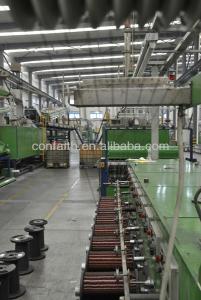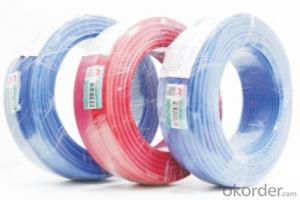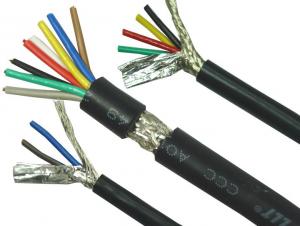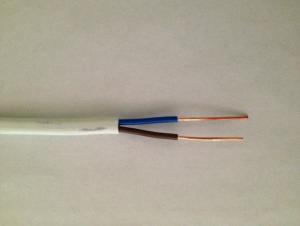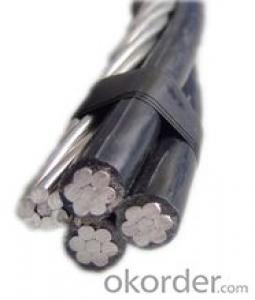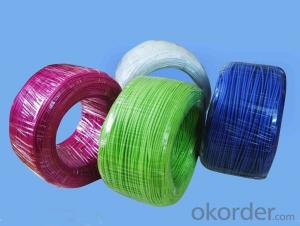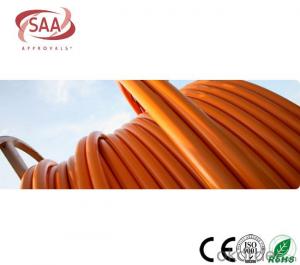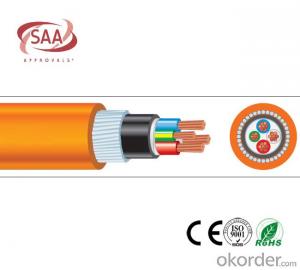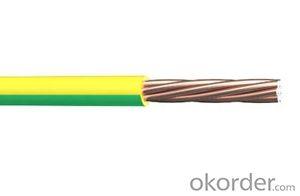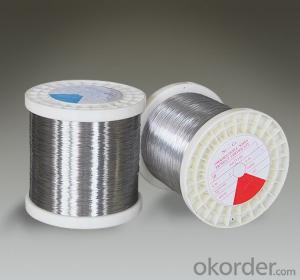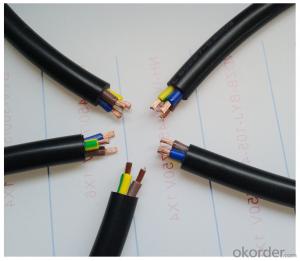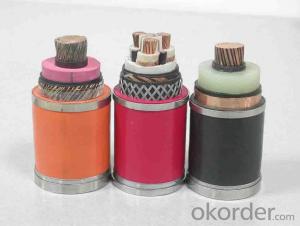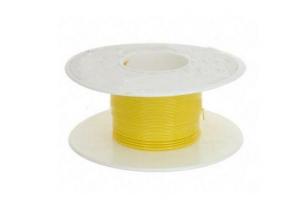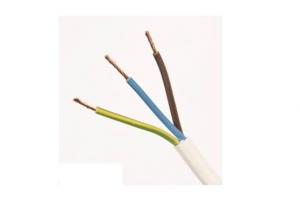Circular Cables PVC 600/1000V 4C+E Copper /Orange cable as per AS/NZS 5000.1
OKorder Service Pledge
OKorder Financial Service
You Might Also Like
Circular Cables PVC 600/1000V 4C+E as per AS/NZS 5000.1
Applications:
For mians, submains and subcircuits unenclosed, enclosed in conduit, buried direct or in underground ducts for building and industrial plants where not subject to mechanical damage. Suitable for glanding.
Rated voltage: 600/1000V
Conductor: Copper 1.5 ~ 240 mm2
Insulation: PVC, V-90. Red, White, Blue, Black & Green / Yellow
sheath: PVC, 5V-90. Orange
Environmental performance: Normal operating temp. 75℃
Standards compliance: AS/NZS 5000.1
Parameter sheet
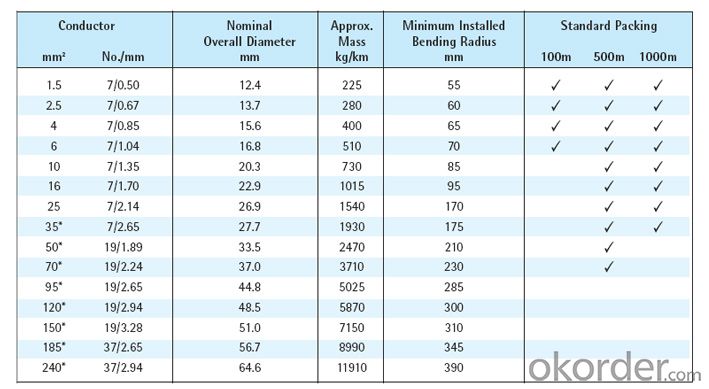
Production facility
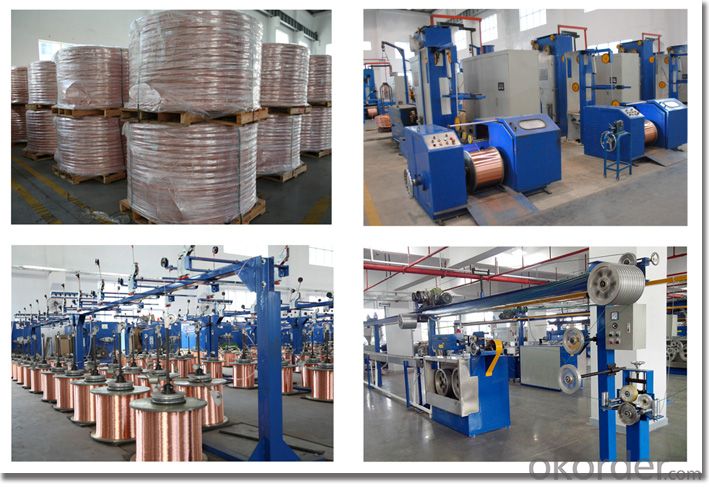
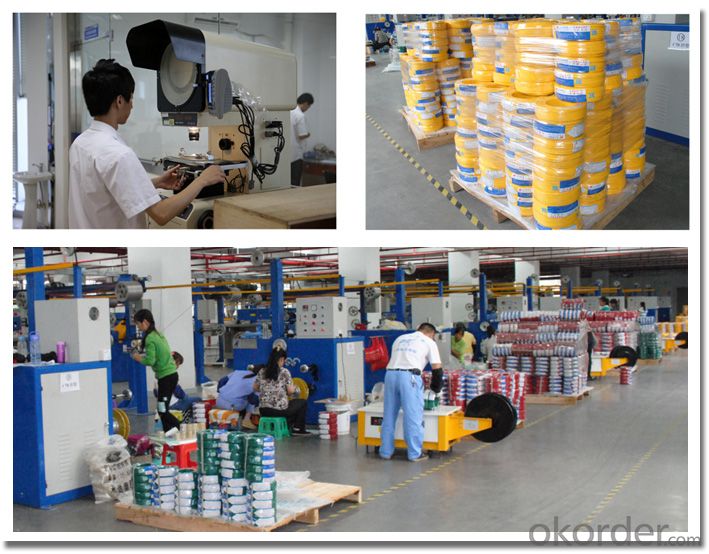
Main Quality Inspection Equipment
Sparker tester,Heating aging Chamber,High resistance machine, Oxygen index equipment, Partial discharge inspection instruments, Fireproof testing device,High-power voltage withstand tester,No-rotor Vulkameter,Pull tester,Analytical balance,Direct current bridge,Plastic tester,Projector, Punch machine,Cross-linked cutting machine,etc.
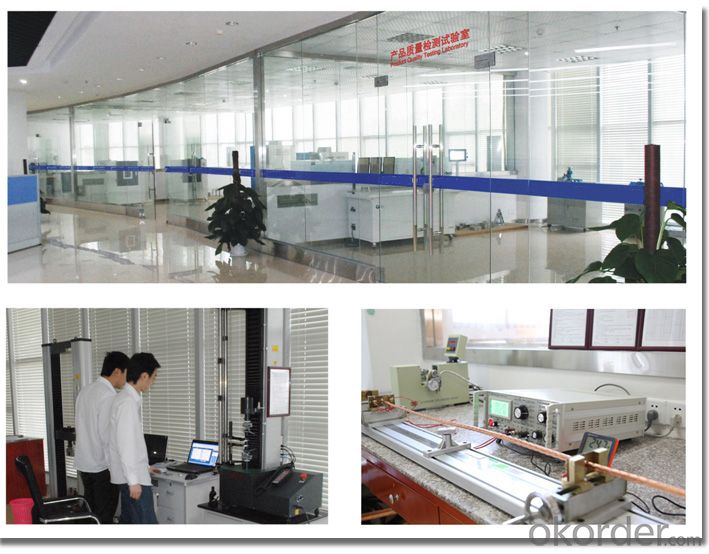
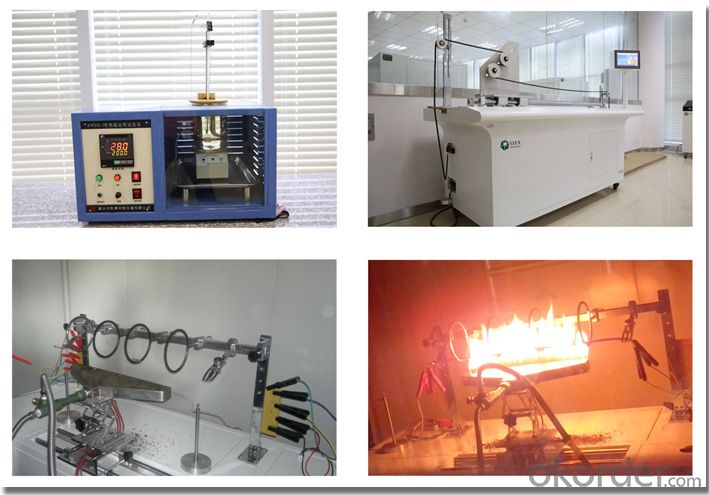
Company Overview

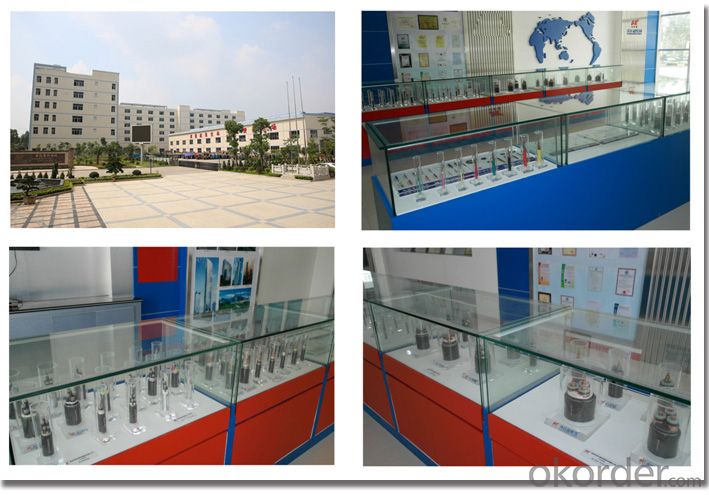
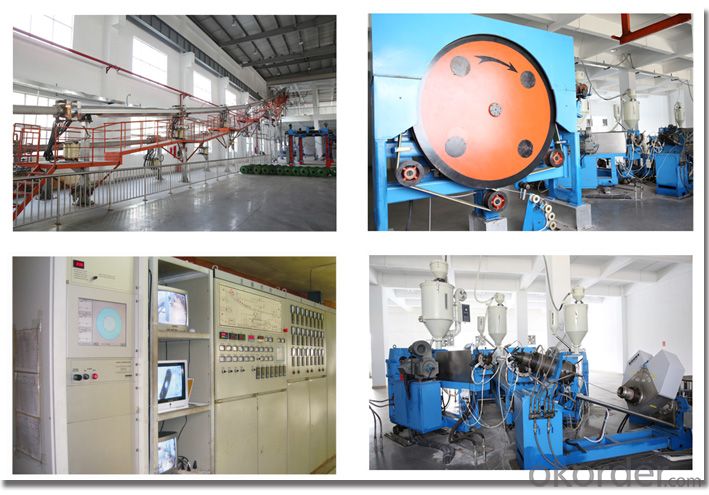
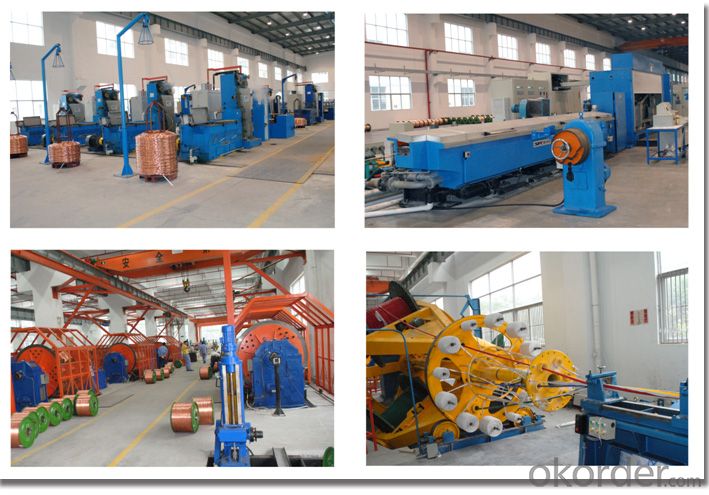

Certificates
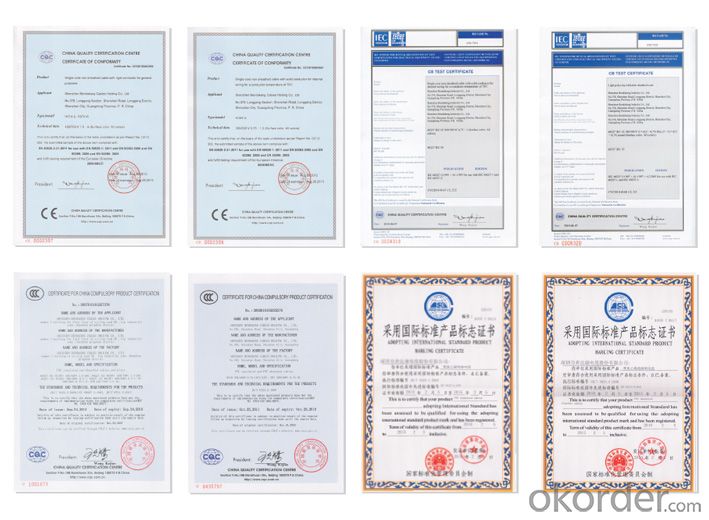
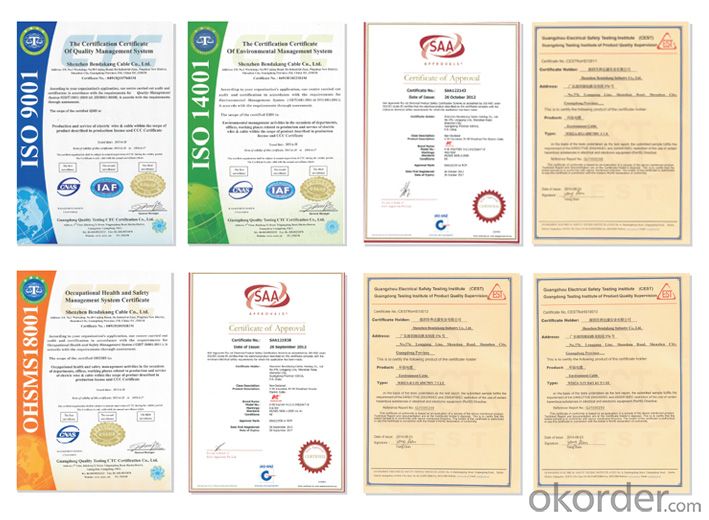
- Q: I want to connect 2 light fixtures to a switch that also has an outlet and connect them to a wall outlet.Light fixtures----Switch/Outlet---OutletJust have to light fixture in an animal tank, a light switch/outlet on the outside, and a cord that leads to another outlet farther away.Call me an electrical newb but I actually have no idea how specifcally to do it. I can easily do this if I know how to and can easily do it.
- Understand this? Black of cord goes to gold(brass) screw on outlet White of cord goes to silver screw of outlet Green of cord goes to green screw on outlet This outlet will be hot always. Hope that is what you want. Go from one screw on switch to empty gold screw on outlet Other screw on switch goes Black wire to lights from empty silver screw on outlet goes white wire to lights A green wire goes to ground screw on switch and also to ground light fixture. You should have a doubke gang box for the switch and outlet.
- Q: I do children's clothing store, the front of the store in front of the right side of a wire pole, do not know because the store is not obvious or by the pole pole block, a lot of children's wear to go to the next children's clothing store, even come in and do not come to see, Most people come in after the first sentence is the original there is a children's clothing shop Yeah, said the wire pole to my financial road are blocked, so would like to ask how the feng shui master to resolve more
- Yes, but the computer host is mainly 12V power supply, motherboard graphics CPU CPU need 12V power supply, this one of your power output to protect.
- Q: i have a Husky 5,000-Watt Generator i change the circuit beaker switch on it know i forgot how to put the new one on there 2 line terminal and 2 load terminal , 2 blue (hot)wire and 2 white(common) wire where do they go
- The line side goes to the generator and the load side goes to the output sockets.
- Q: I have a Pioneer DEH-P6600 CD player. I want to connect a rockford detonator 220 W, 4ch (Model# AMP326) to it. The sub is a single 10 inch MA audio. I would also like to make sure I know how to do it so if you could run me through that as well that would be great. I also want to know if electrical wire is safe. Please help as soon as you can. It would be nice to know by the holidays! Thanks!
- If you're talking about electrical wire that is used in household wiring, no that would not be acceptable. You need wire that is specifically designed to carry the amperage and voltage of a car electrical system.
- Q: I need help with simple electrical wiring, everything from where does the active and neutral go, in for example lights with a common, a loop, a one and a two. Possibly any links to EBook of useful websites. I am currently undergoing a pre-vocational course at tafe, just looking for a better understanding
- You are talking about a switch, not a light. The common would be the active, from the mains. There would not be a neutral connection, the neutral from the mains would connect to the neutral from the light, in the LOOP terminal. The 1 is the one intended to go to the A of the light, the 2 is not used unless the switch is in a 2- way switching circuit. There may be an earth connector as well, so both earth wires go in that (the incoming power and the light earth). A light fitting on the ceiling may have an active, a neutral, a loop and an earth. If the power goes to the switch first, you will have a cable connected to the 1 of the switch. This connects to the active of the light. The neutral wire from the switch loop contact goes to the neutral connection of the light. The earth, if fitted, goes to the earth contact. The loop contact is unused. Should the mains supply go first to the light, the neutral will terminate in the neutral connection of the light. The active will connect to another cable to the switch, using the loop terminal. The second wire from the switch connects to the active connection of the light. At the switch end, the loop connection is unused. The mains active goes to the common connection, the wire from the active connection of the light goes to the terminal 1. That's why electricians are schooled. To them, it's as easy as ABC. Get learning!
- Q: wire. Ground line, FireWire and zero line, respectively, what color
- 75 flat cable, copper, aluminum to withstand the rated current are: copper 240-300A; aluminum: 170-220A specific applications, and the working environment, carrying current duration, carrying voltage related. The following table can be used as reference industry also has formulas, for the use of the site estimates, not in the engineering design, standard production use. . copper cable carrying capacity dictation: (estimated value) 2.5 times multiplied by nine, up by a straight walk; thirty five by 3.. both groups of five points; , High temperature Jiujiang copper upgrade; pipe root number two three four, eight seven six fold full load. . aluminum core cable carrying capacity dictation: (estimated value) aluminum core insulation line with the capacity of the multiples of the relationship between the number of five, 100 on the second, .. four, three circles, ... Wear, temperature, eight, nine fold; bare wire plus half; copper upgrade operator.
- Q: I'm 18 now, but when I was 15 (sophomore in HS), I did a lot of electrical wiring upgrades around my house. I changed the fuse box to a circuit breaker panel when I was 16. That same year, I did some wiring at my girlfriend's house (her dad let me). I installed a ceiling fan in her room and one in her parents' room.Do teen boys typically know how to do this? Or am I the exception?
- That's great you know how to do this but you better hope there's never a fire and it's traced back to unlicensed, amateur electrical work, or the insurance company will NOT pay for the fire damage even if the house burns to the ground. You seem to have the knack, so you really should get licensed if you want to make a career out of this. It certainly pays well.
- Q: 30kw how much cable and switch to use
- Current 50A wire VV or YJV223 * 10 + 1 (30 meters) switch 100A (consider starting current)
- Q: I use the rosin with the solder, like DIY mp. but I do not know why the wire hit tin tin was Asia opened, and no sticky, under the novice, ask for more advice
- Dark tube wall clean and tidy, not exposed; trunking affect the appearance
- Q: I do not want to break any nyc code law.
- Non-metallic (NM) wire also known as Romex(brand name) is used in residential wiring but must be installed according to the National Electric Code (NEC). As it says in the first section of the NEC, All codes are subject to the authority having jurisdiction Which means your local electrical inspector has the final say. Your best bet would be to call your local inspector and ask him or her if you can use NM in your application.
Send your message to us
Circular Cables PVC 600/1000V 4C+E Copper /Orange cable as per AS/NZS 5000.1
OKorder Service Pledge
OKorder Financial Service
Similar products
Hot products
Hot Searches
Related keywords










